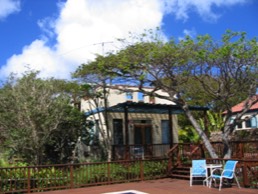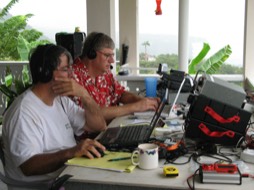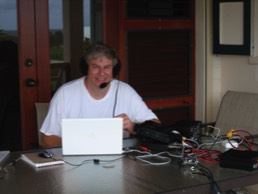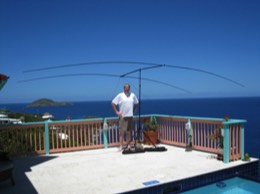DXPeditions
What is a DXpedition?
An expedition is an excursion, journey, or voyage made for some specific purpose. The term DX is used by amateur radio operators (hams) to describe communication over long distances. Combine these two terms and you have a journey for the purpose of communicating long distances with ham radio: a DXpedition.
A paper by Wayne Mills, N7NG, available on the ARRL website here gives a good overview of what's involved for a DXpedition, but my interest came when I discovered the work of the Microlite Penguin DXPedition team and their trip to the Antarctic Ocean island of South Orkney. This effort was awarded the 2011 DXpedition of the year award.
An expedition is an excursion, journey, or voyage made for some specific purpose. The term DX is used by amateur radio operators (hams) to describe communication over long distances. Combine these two terms and you have a journey for the purpose of communicating long distances with ham radio: a DXpedition.
A paper by Wayne Mills, N7NG, available on the ARRL website here gives a good overview of what's involved for a DXpedition, but my interest came when I discovered the work of the Microlite Penguin DXPedition team and their trip to the Antarctic Ocean island of South Orkney. This effort was awarded the 2011 DXpedition of the year award.
I somehow learned of a set of DVDs of many DXpeditions, including this one, by James Brooks, 9V1YC, and I was enthralled. Soon I was buying every DVD I could put my hands on. These amateur radio operators figured out how to create excellent stations using low power, and simple antennas. Could I do that? Could I assemble a portable station small enough and light enough to go on an airplane? Two bags of 50 pounds each gave me my limit, and my effort's name: The 100 Pound DXpedition.
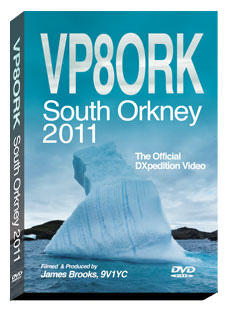

I began the 100 Pound DXpedition efforts in an attempt to emulate the kinds of operating the Microlite Penguin DXpedition team did on remote islands. I wanted to learn how to pair-down everything until only the essential was in my kit.
There are unique problems associated with my very lightweight DXpeditions. Selecting a compliment of antennas that will fit within the 100 pound weight budget is challenging, for example, and tradeoffs between performance, size, weight, and other factors must be considered carefully. I began collecting notes on this matter in a series of white papers that explored these tradeoffs. The first volume, Antennas for 100 Pound DXpeditions: Computer-based antenna modeling and direct experience with lightweight portable antenna systems. Volume 1: Selected high band antennas [20-6m] can be obtained from the download page under the file name ant-model-xxx.pdf (the xxx is a version numbers such as 100).
Finally, a book called Buddipole in the Field was written to capture key ideas of using Buddipole antenna systems and components. The book is available as a free download from the Buddipole web site, and as a paperback book from the Buddipole store accessory pages. It is published with a Creative Commons license with very generous rights given to readers of the work.
There are unique problems associated with my very lightweight DXpeditions. Selecting a compliment of antennas that will fit within the 100 pound weight budget is challenging, for example, and tradeoffs between performance, size, weight, and other factors must be considered carefully. I began collecting notes on this matter in a series of white papers that explored these tradeoffs. The first volume, Antennas for 100 Pound DXpeditions: Computer-based antenna modeling and direct experience with lightweight portable antenna systems. Volume 1: Selected high band antennas [20-6m] can be obtained from the download page under the file name ant-model-xxx.pdf (the xxx is a version numbers such as 100).
Finally, a book called Buddipole in the Field was written to capture key ideas of using Buddipole antenna systems and components. The book is available as a free download from the Buddipole web site, and as a paperback book from the Buddipole store accessory pages. It is published with a Creative Commons license with very generous rights given to readers of the work.


